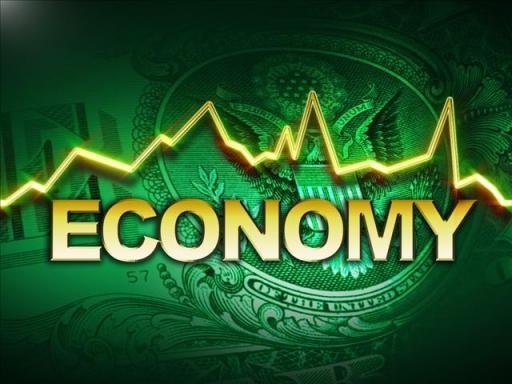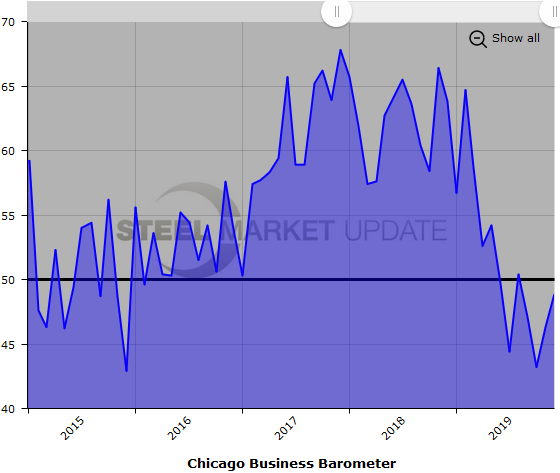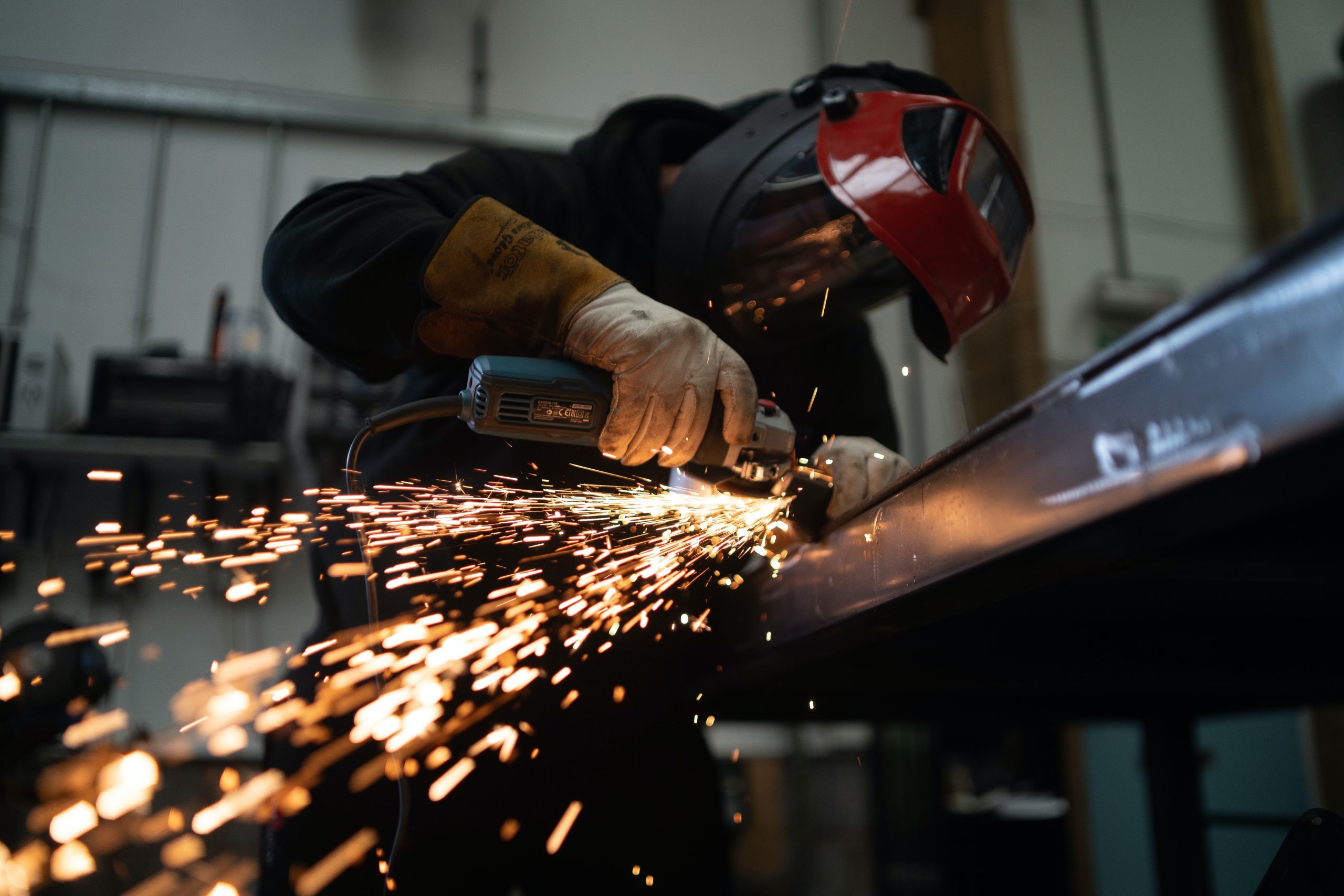Economy

Chicago PMI Disappoints in December
Written by Sandy Williams
January 2, 2020
The Chicago Business Barometer remained in contraction with a reading below 50 in December, but rose 2.6 points to 48.9. An increase in production and supplier deliveries helped boost the PMI for the month, said MNI Indicators. The production PMI rose 4.9 points to 47.2 The index for supplier deliveries gained 5.1 points to register 55.4
The PMI rose less than expected, said Forex financial writer Chris Lewis. “It shows that the economy is still shrinking as far as purchasing is concerned by managers in large businesses. That being said, it is a mixed bag as it is better than anticipated but hardly bullish. Perhaps the best phrase to use for this announcement is ‘less bad than expected.’”
Manufacturing demand softened in December, declining to 49.2 from November’s new orders index of 49.4. Order backlogs were at a three-month high of 46.2, but fell to 41.4 for the quarter.
The inventory index remained in contraction for a fifth month, but gained 4.4 points to register 47.4.
Prices at the factory gate soared 9.2 percent to 58.4 and the highest level since August.
Business sentiment was at is lowest quarterly reading since the second quarter of 2009 at a reading of 46.2. The index remained in contraction for the second consecutive month.
Below is a graph showing the history of the Chicago Business Barometer. You will need to view the graph on our website to use its interactive features; you can do so by clicking here. If you need assistance logging in to or navigating the website, please contact us at info@SteelMarketUpdate.com.


Sandy Williams
Read more from Sandy WilliamsLatest in Economy

Chicago PMI dips 0.1 points in June
The Chicago Purchasing Managers Index (PMI) slipped 0.1 points to 40.4 points, in June.

Multi-family pullback drives housing starts to 5-year low in May
US housing starts tumbled in May to a five-year low, according to figures recently released by the US Census Bureau.

Architecture firms still struggling, ABI data shows
Architecture firms reported a modest improvement in billings through May, yet business conditions remained soft, according to the latest Architecture Billings Index (ABI) release from the American Institute of Architects (AIA) and Deltek.

Manufacturing in New York state contracts again
However, companies are growing more optimistic about the future.

ArcelorMittal plans wire-drawing closure in Hamilton, shifts production to Montreal
ArcelorMittal’s (AM) Hamilton location to be shuttered, wire production shifting to Montreal.
